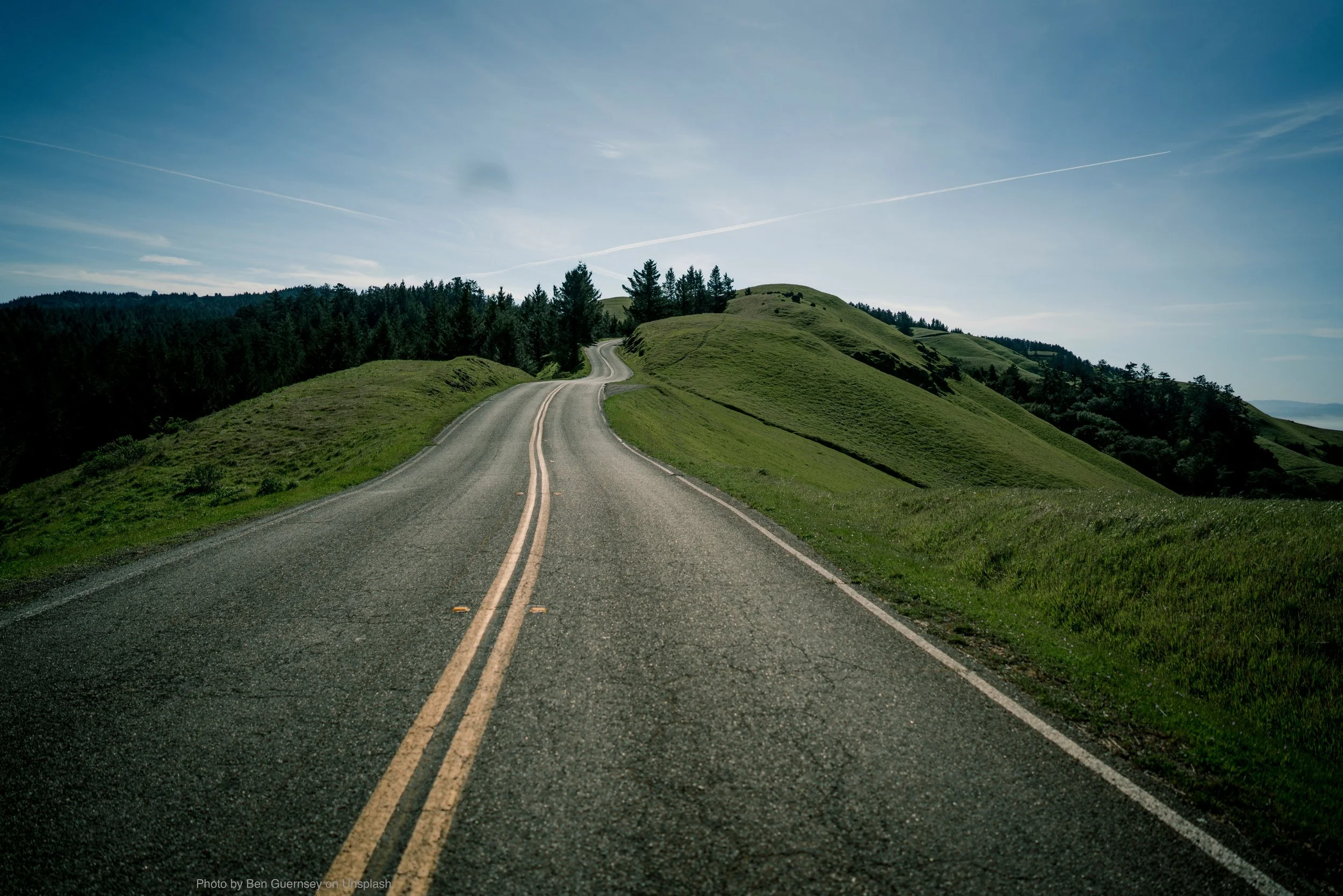How To Plan And Pace Unknown Climbs: The Climber’s Guide To Conquering Any Hill
Have you ever tackled an unfamiliar climb and completely misjudged the pacing?
One minute you're cruising confidently, the next you're desperately hanging on as the gradient ramps up unexpectedly. Here's the strategic approach that transforms unknown climbs from pacing nightmares into calculated conquests.
The difference between cyclists who "blow up" on unfamiliar climbs and those who pace them perfectly isn't luck – it's planning preparation and strategy. And this planning is often overlooked in most people’s focus on riding and training. Think of climb planning as your GPS for power delivery, and like any good navigation system, it keeps you on the right path when the terrain gets challenging.
If you find yourself exploring new routes or joining group rides in unfamiliar territory, mastering unknown climb pacing becomes essential. This skill determines whether you'll finish strong on that surprise climb or get dropped when the gradient kicks up unexpectedly.
What Makes Unknown Climbs So Challenging?
Unknown climbs are pacing minefields because you can't see what's coming. That seemingly "easy" start might lead to a brutal 15% ramp, or that steep initial section might level out into manageable terrain. Without knowing the climb profile, most cyclists either start too conservatively (and finish with energy in reserve) or too aggressively (and blow up spectacularly).
5 Strategies For Your Climb Planning:
1. The Pre-Climb Intel Gathering Process. “Know Thy Enemy”
Before tackling any unknown climb, spend 2 minutes gathering intel. Use apps like Strava, Komoot, or RideWithGPS to examine the elevation profile. Look for three key elements: total elevation gain, average gradient, and gradient variations.
CLIMB ANALYSIS QUICK GUIDE:
• Total Distance: How long will you be climbing?
• Average Gradient: What's your baseline effort level?
• Steepest Sections: Where will you need extra reserves?
• Gradient Changes:When to adjust your pacing?
Pay special attention to gradient spikes – those sections where the climb suddenly steepens. These are where most cyclists blow up because they haven't reserved energy for the increased demand.
2. The Unknown Climb Pacing Strategy
Start every unknown climb at 80-85% of your normal climbing intensity. This conservative approach gives you a power buffer for unexpected gradient increases. As you ride, constantly gather information: "How steep is this section? How am I feeling? What's coming next?"
Use the "thirds" approach: climb the first third at 80-85% intensity, the middle third at 90-95%, and the final third at whatever you have left. This progressive intensity prevents early blow-ups while ensuring you don't finish with unused energy.
3. Reading the Road: Visual Pacing Cues
When technology isn't available, learn to read visual cues. Trees leaning at steep angles, the apparent "steepness" of telephone poles, and how much road you can see ahead all provide gradient information. Sharp corners often hide steep sections, while long visible stretches usually indicate consistent gradients.
Watch other cyclists ahead if you're in a group. Sudden gaps opening in the group signal gradient increases. Riders starting to stand or shift to easier gears indicate the climb is about to get harder.
4. The Recovery Strategy for Pacing Mistakes
Made a pacing error? Don't panic. If you went too hard early and feel the "blow-up" coming, immediately reduce your intensity by 15-20% and focus on maintaining smooth pedaling. Sometimes backing off significantly for 1-2 minutes allows recovery on longer climbs.
If you're climbing too conservatively and feel like you're holding back too much, gradually increase intensity rather than making sudden power jumps. Smooth progressions work better than dramatic changes.
5. Technology Tools for Climb Mastery
Modern cycling computers and smartphone apps provide real-time climb data. Set up fields showing current gradient, remaining climb distance, and average gradient. This live feedback helps you adjust pacing decisions based on actual climb demands rather than perceived difficulty.
And match this to the old school handwritten / printed note stuck to your top tube or stem that lists what’s coming up and when.
Lastly, if you can, consider using power-based pacing if you have a power meter. Set target power ranges based on climb duration and stick to them regardless of how the gradient feels.
FAQ: Mastering Unknown Climbs
How do I pace a climb when I don't know how long it is? Start conservatively (80-85% of normal intensity) and gather information as you ride. It's better to finish strong than blow up early.
What's the best app for analyzing climb profiles? Strava segments, Komoot, and RideWithGPS all provide excellent elevation profiles. Spend 2 minutes studying before you ride.
How do I know if I'm pacing correctly on an unknown climb? You should feel like you could maintain your current effort for at least 5 more minutes. If you're unsure, back off slightly.
What should I do if I realize I've started too hard? Reduce intensity by 15-20% immediately and focus on smooth pedaling. Sometimes significant backing off for 1-2 minutes allows partial recovery.
